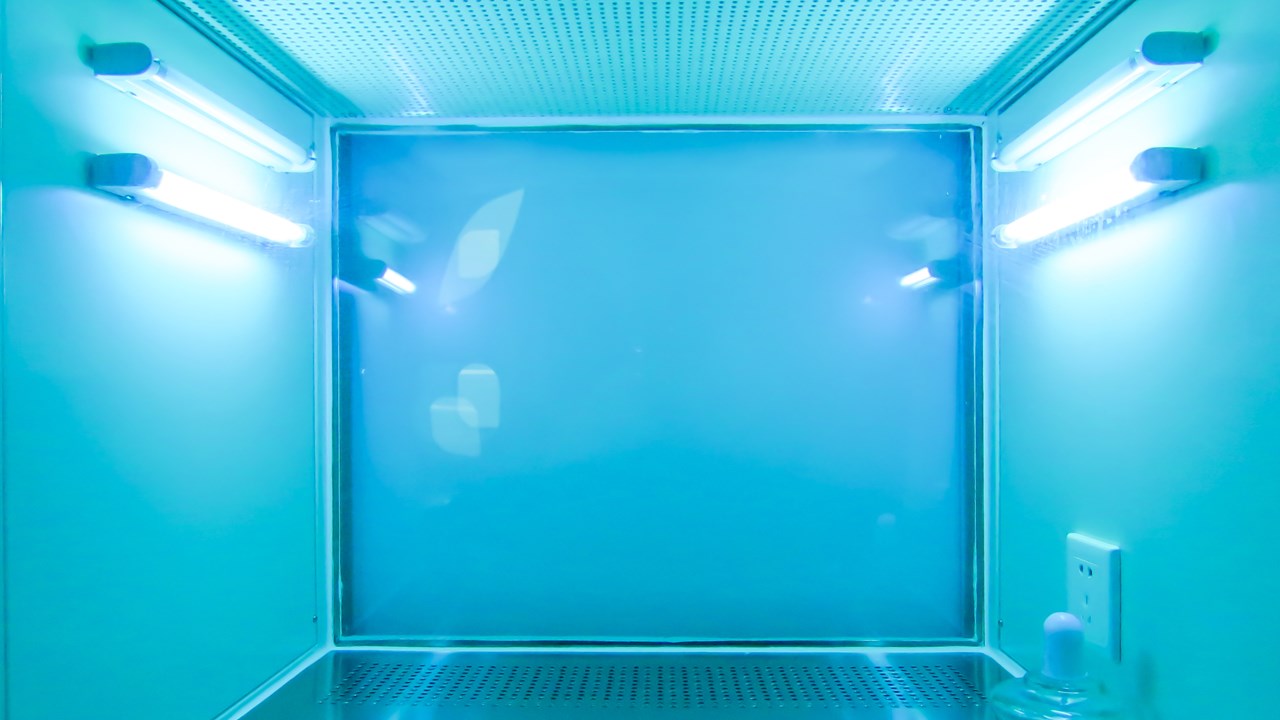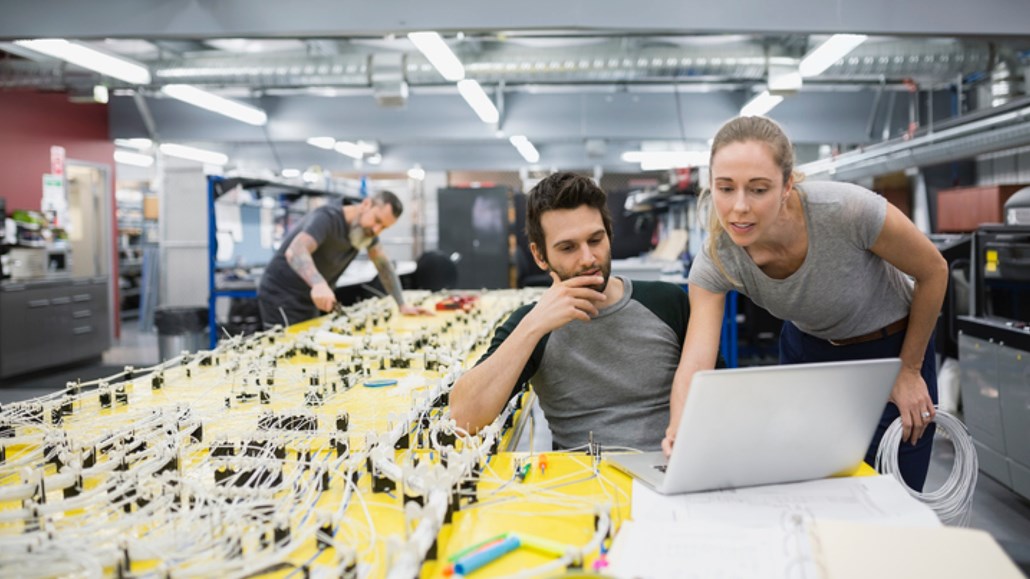Monitoring the effectiveness of UV lamps to disinfect medical-grade facepiece respirators for safe reuse
- Medical & Life Sciences
- Irradiance

Ocean Insight and a leading U.S. pediatric hospital have teamed to monitor the output of UV disinfection lamps that extend the life of critical personal protective equipment (PPE).
The Coronavirus (SARS-CoV-2) outbreak has placed unprecedented demand on global supplies of PPE. Hospitals have been challenged to address critical shortages by disinfecting and reusing PPE that typically would be worn once and discarded. Most significant are particulate filtering facepiece respirators (N95 FFR), which reduce exposure to biological agents such as bacteria and viruses.
Exposing facepiece respirators to the ultraviolet germicidal irradiation (UVGI) emitted by UV lamps can be an effective method of disinfection. However, UVGI effectiveness is highly dependent on UV light levels and the dose delivered to each respirator. As a result, hospitals are seeking rapid development of reliable solutions to ensure that respirators are exposed to sufficient UV light levels for proper disinfection. The safety of frontline workers depends on it.
Modular spectrometers are effective tools for monitoring the output of UV lamps, including virus-disrupting wavelengths in the UVC region (200-280 nm). Ocean Insight spectrometers have the flexibility to accurately measure UV levels at the same location on PPE, to ensure light of the optimum intensity level and wavelength is delivered.
In most cases, measuring the presence of UVC isn’t enough. Users must quantify total exposure/dosage over a period, as this is what enables disinfection, and do so remotely, as the system operator can’t be exposed to harmful UV light. Additional considerations include measurement speed, ease of use and cost-effectiveness.
Having worked with customers monitoring medical-grade lamps, Ocean Insight was confident in taking on the challenges of adapting procedures for measuring different UV wavelengths, at different sample locations, in a streamlined system engineered for simple use.
Filtering facepiece respirator (FFR) decontamination and reuse may be needed during times of shortage to ensure continued availability. UV germicidal irradiation, vaporous hydrogen peroxide, and moist heat have shown the most promise as potential methods to decontaminate FFRs.
Given the urgent circumstances, Ocean Insight quickly responded to the pediatric hospital and developed a system concept. This system comprises an Ocean Insight handheld light measurement instrument that is reengineered for UV measurements, with sampling optics optimized for light collection and an easy-to-read software interface that calculates UVC, UVB, UVA and total UV irradiance. Flexibility within these components has already saved valuable development time and will allow us to more readily make any adjustments that are needed.
As the project advances, the addition of features such as wireless communications, logging of data, and robust calibration routines will elevate system performance and reduce the out-of-the-box learning curve for hospital professionals. This will enable hospitals to ensure adherence to Centers for Disease Control recommendations on PPE reuse and to prioritize use of N95 respirators for the most hazardous procedures.
Similar solutions could be developed for monitoring UV disinfection systems designed for places where large numbers of people gather -- churches, retirement homes, restaurants and more – and help to prevent the spread of infectious diseases.

Our world-class experts are available to help find answers to your toughest questions.